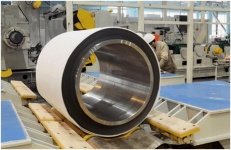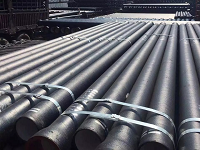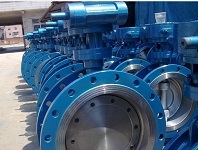Fingerprint-free process of 304 stainless steel plate
source:TuoGuanview:
Non-fingerprint 304 stainless steel plate refers to coating a transparent colorless to light yellow liquid protective layer on the surface of stainless steel. After this transparent nano metal roll coating liquid is dried, it is firmly combined with the stainless steel surface of various textures. At the same time, a transparent and solid protective film is formed. So why is there no fingerprint on the surface of the stainless steel plate? Let me briefly talk about it below:
The surface of stainless steel is processed with advanced fingerprint-free technology, which increases the beauty of metal decorative panels. Its main purpose is to prevent people from leaving fingerprints on the surface when touching these panels, so as not to be stained with oil, sweat, dust, etc. Tarnished. The fingerprint-free process has changed the previous problem that the stainless steel surface will leave significant fingerprints when touched. Also, the fingerprint-free process can make the colorful stainless steel appearance more durable and reduce the time of daily maintenance.
What are the advantages of no fingerprints?
Simple cleaning of surface stains, no metal cleaning agent is required, some chemical agents will make the surface of stainless steel plate black; and it is not easy to stick fingerprints, dust, and feel delicate. It has super fingerprint resistance and anti-fouling effect.
The transparent film layer without fingerprints can protect the metal surface from scratching easily, because the surface electroplating gold oil has good film properties, high hardness, and it is not easy to peel, chalk, and yellow.
It has a strong appearance and texture, with oily moistness, soft hand feeling, and retains a good metallic texture.
The fingerprint-free board changes the cold and sluggish characteristics of metal, and looks warm, elegant and decorative.
Stainless steel has excellent anti-rust performance without fingerprints. A protective film is formed on the surface of the metal to effectively prevent the outside from corroding the inside of the metal, and the service life is greatly extended.








